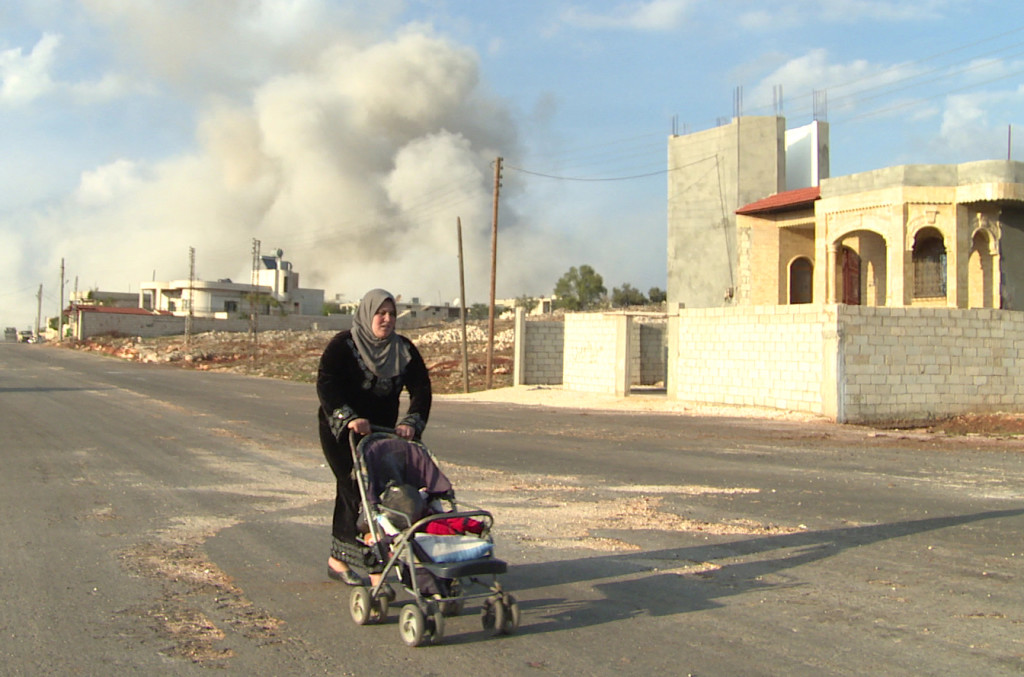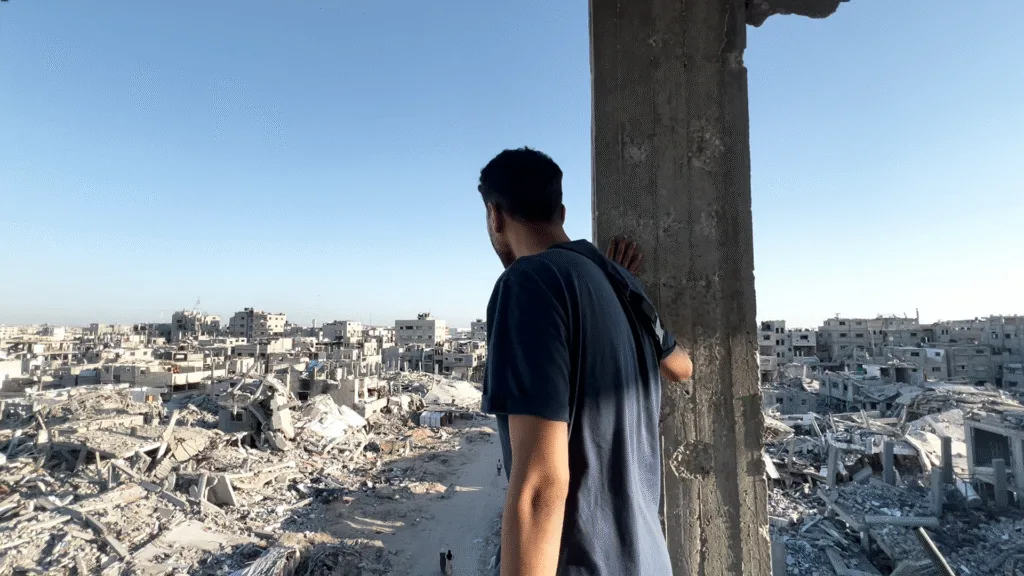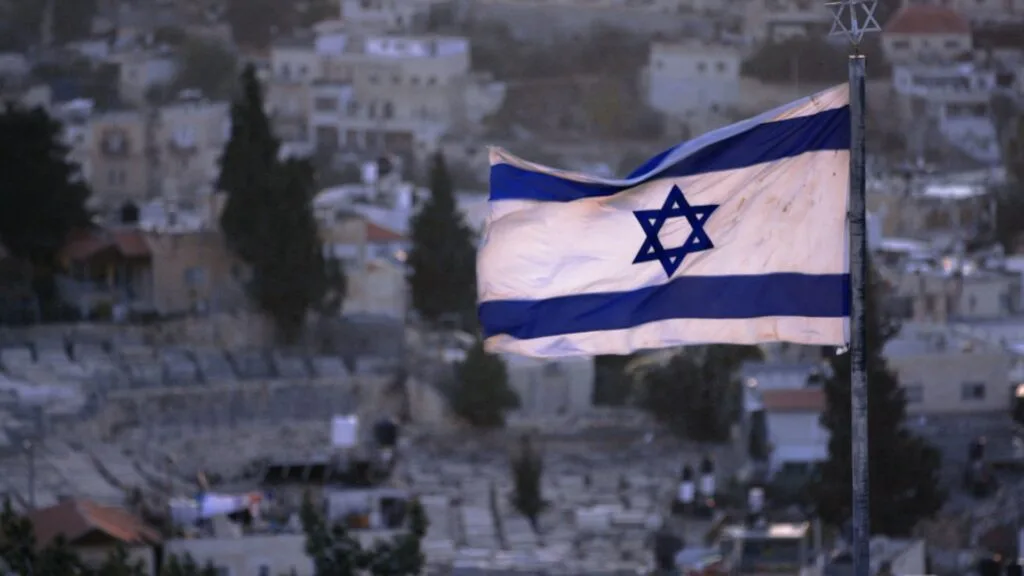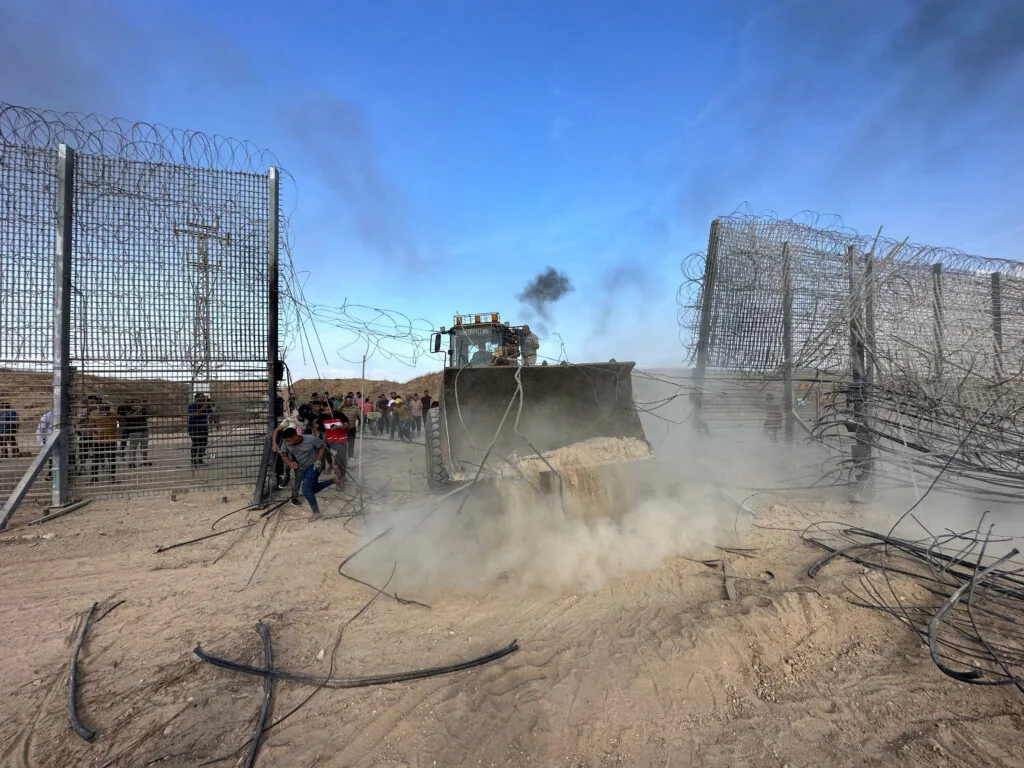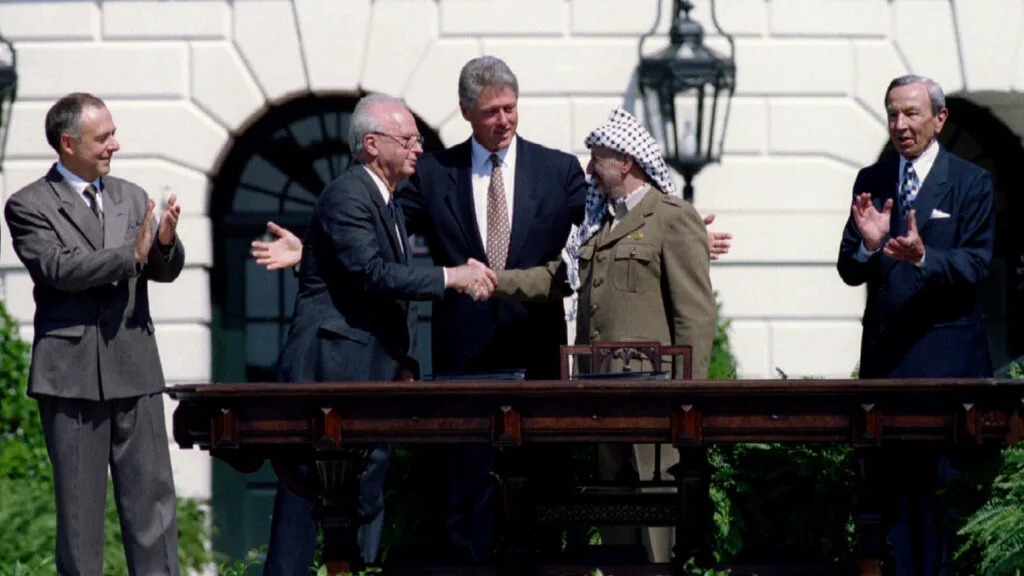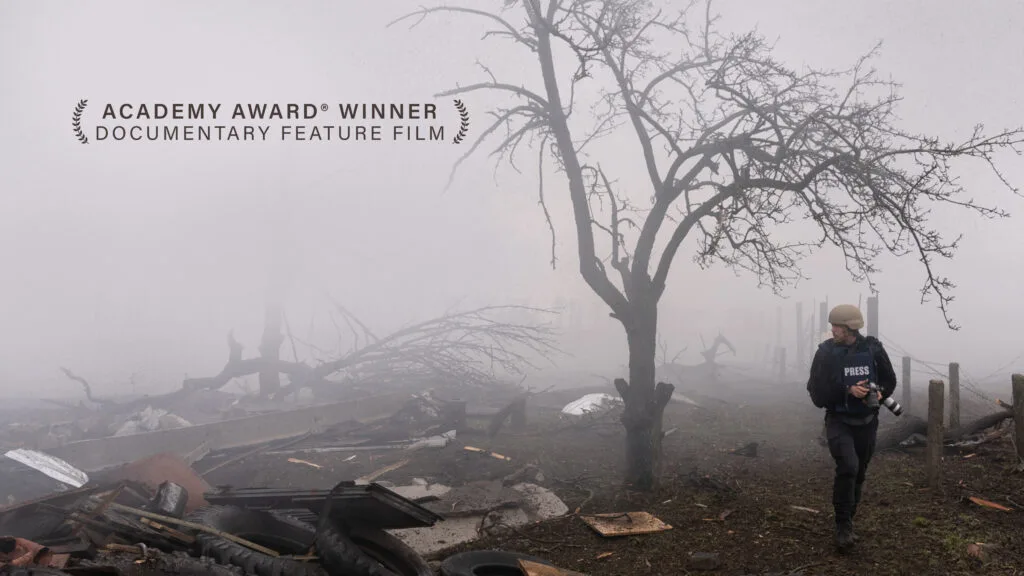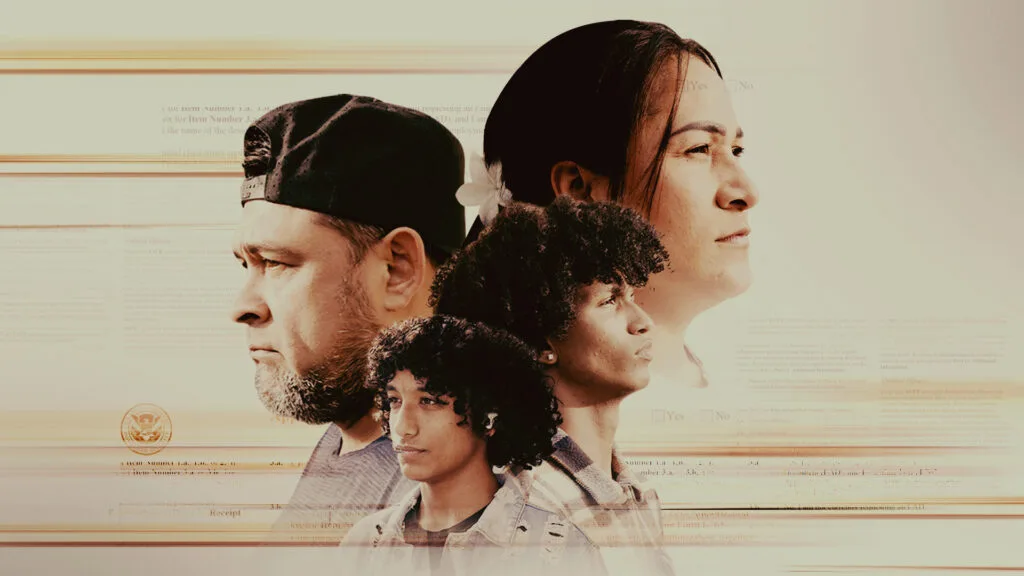March Was Deadliest Month in Syrian Conflict
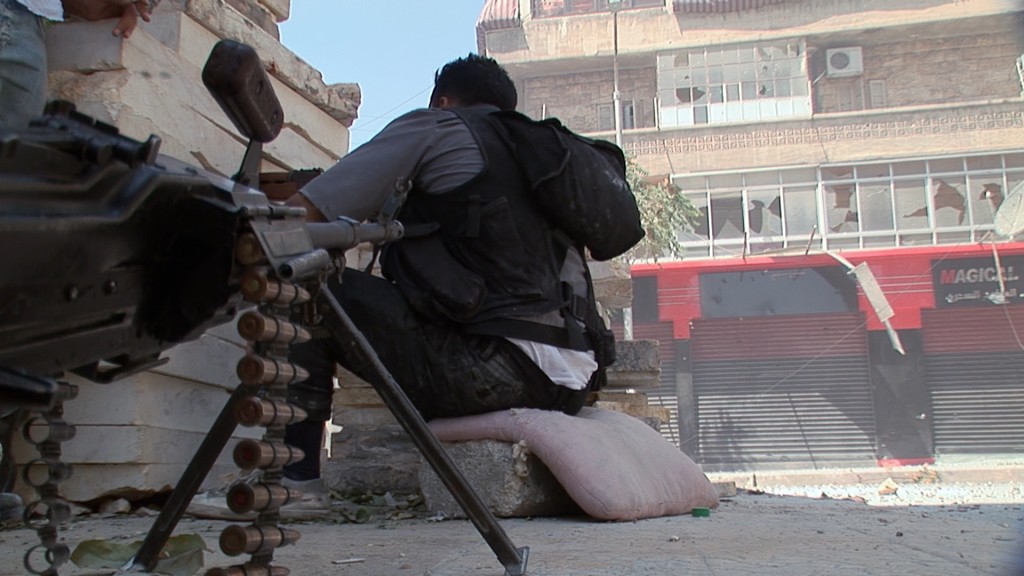
April 2, 2013
Share
March was the deadliest month in Syria’s two-year conflict, according to the British-based opposition group the Syrian Observatory for Human Rights, which says it recorded 6,005 deaths last month.
About a third of the deaths were civilians, including nearly 600 women and children, while 1,486 were rebel fighters or army defectors, and 1,464 were government troops. The Observatory says the other casualties were unidentified civilians and fighters.
Compared with August 2012 — the previous most deadly month in Syria — last month’s numbers illustrate a shift in who is being killed. The Observatory recorded 5,400 deaths in August 2012, a significant majority of them, or 4,114, civilians. March’s numbers indicate a greater parity in violence between the regime and the opposition forces as shelling and violent clashes intensify in the country’s civil war.
Brian Fishman, a counterterrorism research fellow at the New America Foundation, says the shift is in part the result of the weapons rebels are receiving. “There’s pretty clear evidence that the rebels are getting more and better weapons,” he explained. “You see that in the videos they’re making and in advances they’re making on the ground. They’re also operating more effectively, getting trained in Turkey and Jordan, and that training is critical.”
In addition to new weapons changing the nature of the battle, Joshua Landis, the director of the Center for Middle East Studies at the University of Oklahoma and the author of the blog Syria Comment, says that government air offensives last August targeted urban neighborhoods in cities like Aleppo, from which many had not yet fled and where civilian casualties were higher. “Today the Syrian air force has been degraded severely,” he noted, adding, “It’s also just getting more brutal. People are not taking any prisoners. They capture the enemy when they conquer a town and then they kill them, and that’s happening on both sides.”
Determining an accurate death count amidst a conflict is fraught with challenges. Rami Abdul-Rahman, who heads the Observatory, warns the death toll could be even higher because both sides often underreport their dead. “It is very difficult to get correct info on the fighters because they don’t want the information to hurt morale,” he told NPR.
In February, the United Nations estimated the total death toll from the conflict to be 70,000. The UN has not since updated its number.
But the numbers, as stark as they are, cannot fully illustrate the escalating civil war playing out on the ground. Next week, in Syria Behind the Lines, FRONTLINE will journey into that civil war to document for the first time the realities of everyday life for rebels, government soldiers and the civilians who support them on both sides.
For five weeks in October and November 2012, filmmaker Olly Lambert crisscrossed the Orontes River valley in Idlib province, a once-peaceful area in Syria’s heartland that is now a perilous sectarian front line. On one side of the river, the rebel Free Syrian Army holds Sunni villages whose residents are calling for the fall of President Bashar al-Assad. On the other side, less than a mile away, villagers from Assad’s Alawite minority remain fiercely loyal to the government and gladly host army checkpoints that fire shells and mortars into neighboring Sunni villages.
Both sides in the conflict think they are working to make the country safe for their families and for the future. Both sides blame each other for the death, destruction and fighting. Both sides express longing for a return to peace. And, as Syria Behind the Lines reveals in stark, gripping detail, both sides believe that peace can only be achieved if they are the victors.
Syria Behind the Lines airs Tuesday, April 9 on PBS. (Check your local listings.)
Related Documentaries
Latest Documentaries
Related Stories
Related Stories
Policies
Teacher Center
Funding for FRONTLINE is provided through the support of PBS viewers and by the Corporation for Public Broadcasting. Additional funding is provided by the Abrams Foundation; Park Foundation; the John D. and Catherine T. MacArthur Foundation; and the FRONTLINE Journalism Fund with major support from Jon and Jo Ann Hagler on behalf of the Jon L. Hagler Foundation, and additional support from Koo and Patricia Yuen. FRONTLINE is a registered trademark of WGBH Educational Foundation. Web Site Copyright ©1995-2025 WGBH Educational Foundation. PBS is a 501(c)(3) not-for-profit organization.
